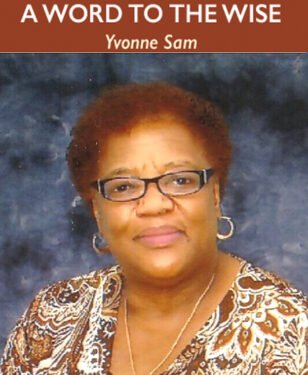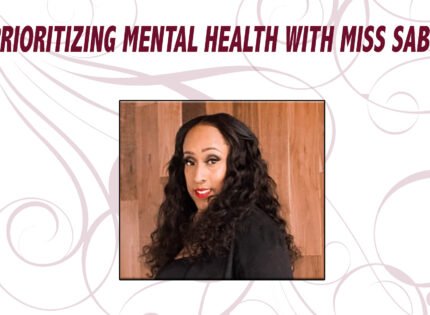 Pervasive in the imagination of most Canadians is the legend of the Underground Railroad, and the image of Canada as a promised land for American slaves.
Pervasive in the imagination of most Canadians is the legend of the Underground Railroad, and the image of Canada as a promised land for American slaves.
From stories to television vignettes, Canada’s proud heritage as a refuge for fugitive slaves, terminating in the arrival of up to 40,000 fugitives in Canada, is often told.
Little is also told or discussed regarding the experiences of these people once they arrived in Canada.
The discrimination they faced in their daily lives and their exclusion from social institutions such as churches and schools is in great part ignored or misrepresented.
One facet of Black Canadian history that has not been well understood is in the realm of education.
When the plight of Blacks and education is discussed, the emergence of segregated schools is often presented as a response to requests by Blacks to be separate.
As preparation for return to school looms on the horizon, children especially Black children need to be made consciously aware of the diverse experiences of persons of African descent particularly within the disciplines of education.
While the manner in which children of colour were treated cannot be directly compared with the horrific experience of Indigenous children in “residential schools” , the core racist beliefs that produced separation by race were the same, and this did not diminish even after the adoption and proclamation on December 10, 1948 of the Universal Declaration of Human Rights (Article 26) which states:
Everyone has the right to education. Education shall be free, at least in the elementary and fundamental stages ….
It shall promote understanding, tolerance and friendship among all nations, racial or religious groups, an shall further the activities of the United Nations for the maintenance of peace… Parents have a prior right to choose the kind of education that shall be given to their children.
In Black communities throughout Canada education has always been regarded as society’s passport to a better life and children are looked upon as our most precious resource, in fact, the jewels in our crown.
If according to Article 26 of the UDHR education is touted as a fundamental right, pray tell, why would some children be allowed a level of resources that others were denied?
Why was it considered to be in the “best interest” of Black children and White children that they be separated by race?
Addressing of these questions speak directly to the myth of Canada as a haven from racism
While the horrors of what went on in so termed “residential schools”, are now becoming more known , what is not widely known or remembered is that in two Canadian provinces, a large number of African Canadian children because of their race, were required by law to attend separate, segregated schools.
From the middle of the 19th century, Black and white students in Canada were separated by law. Legislation in both Nova Scotia and Ontario allowed this division.
These all-Black schools were set up in rural areas of Nova Scotia and southern Ontario, and although not by law, there were a limited number of Black schools in New Brunswick, Alberta and Saskatchewan where smaller populations of African-descended people lived.
“Color prejudice” levelled against people of African descent was also codified in government documents. The prevailing racial attitudes in the early part of the century were exemplified by Prime Minister Mackenzie King’s declaration in 1908 that Canada was a “white man’s country”. (Sessional Papers No. 36a. Ottawa, 1908).
In 1843, although Black parents in Hamilton, Ontario had paid taxes they were still prevented from sending their children to public schools. They petitioned Governor General Lord Elgin after receiving little help from local officials, and eventually won their rights.
However, in the same region in Amherstburg. southwestern Ontario, Black parents were not as lucky.
Hostility was so pronounced at local white that school trustees threatened drastic action should Black students attend their schools. They were quoted as saying that rather than send their own children, “to school with niggers they will cut their heads off and throw them into the roadside ditch”.
By 1849, Ontario had changed its School Act, which regulated all public schools, to permit separate schools to be set up for Black children.
The majority of segregated schools in Ontario were located in Essex and Kent counties, where Black communities had been established during the Underground Railway era.
When the schools in Colchester Township were formally organized in the 1850s, 10 numbered sections were reserved for white students, while five lettered sections existed for Black students. Although the schools were unified under a single numbering system by 1860, de facto segregation continued.
In Nova Scotia, by 1865 legislation to allow officials to create separate schools was on the books.
Many Canadian students were denied this right on account of their age. Racial prejudice along with severe economic circumstances meant that many Black people growing up in the first half of the twentieth century ended their formal schooling before attaining Grade 9; some left before finishing Grade 5 or 6.
Early 1964, Leonard Braithwaite, Canada’s first Black provincial legislator, discovered that laws permitting segregated schools were still on the books.
On February 4, 1964, he discussed the issue during his first speech at Queen’s Park. “There has not been a need for such schools since before the beginning of this century … those days have passed.”
On March 12, 1964, Ontario amended the Separate Schools Act to remove all references to segregated schools.
The last racially segregated school in Ontario, closed in 1965. In 1983, eighteen years later , the Lincolnville School the last segregated school in Canada located just outside Halifax, in Lincolnville, Nova Scotia closed its doors.
The Miseducation of Canada















